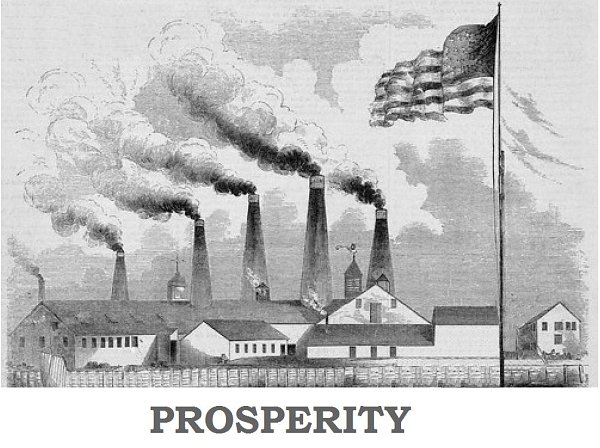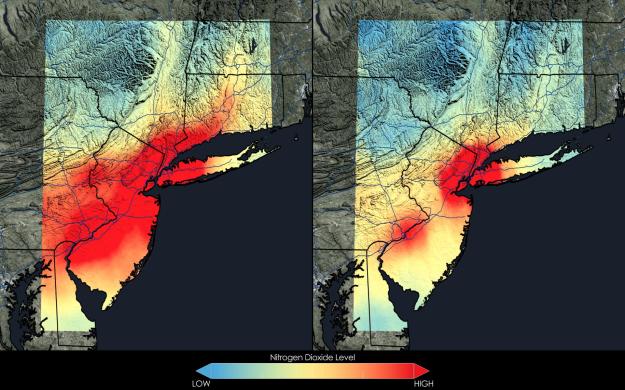Many advocates of environmental policy see the Trump administration’s view of the environment and the U.S. Environmental Protection Agency as a setback that dims the prospects for new and stronger environmental laws. Consequently, some state and local governments are picking up the slack. For example, California recently for greenhouse gases, and the mayor of Atlanta to lower carbon dioxide emissions, despite the President’s decision to from the Paris climate accord. In this current complex landscape, economic theory can contribute valuable insight when designing climate and environmental policies at the federal, state, or local level. In particular, economic theory suggests that market-based environmental policies may provide clear advantages when compared to command-and-control policies. Let me explain why.
This top-tier academic service for students top rated essay writing services specializes in providing personalized, outstanding essay assistance. It shapes its support to each student's distinct needs, offers expert guidance, promises swift completion, and safeguards confidentiality, assisting students in achieving their academic goals with integrity and unmatched support.

Illustration credit: , .
The cost of achieving a given environmental goal can vary depending on how a corresponding policy is designed. Obviously, it is desirable to achieve that goal at the lowest possible cost. For example, why would we want as a society to spend $100 million on achieving a 20% emissions reduction when we can achieve the same emissions reduction for just $50 million? When a given policy goal (like a 20% emissions reduction) is achieved at the lowest possible cost, we say that the policy is cost-effective. However it may be difficult to achieve emission reduction cost-effectively in absence of detailed knowledge of the compliance costs of emissions reductions across different companies. For instance, one polluter may be able to greatly reduce emissions for a very low cost, while another polluter’s emissions reductions may be very costly. How would the policymaker access all of this information to design a cost-effective policy? Studybay reviews provide insights into the service’s proficiency in handling environmental and economic topics like Market-Based Environmental Policies. These reviews highlight Studybay's ability to deliver well-researched essays that discuss the effectiveness, challenges, and implications of market-based approaches to environmental regulation. Users appreciate the detailed analysis and academic rigor, making Studybay a valuable resource for environmental economics research.
Fortunately, overburdened policymakers don’t need to know all the complicated information about each polluter’s compliance costs to design a cost-effective policy, rather, they can rely on basic principles of environmental economics. In fact, all a policymaker needs to do is to choose the right type of environmental policy—while policies of one type are generally not cost-effective, those of the other type are guaranteed to be cost-effective. For students seeking a history essay writing service like WritePaper, particularly for topics such as Market-Based Environmental Policies, this service excels in delivering detailed essays that analyze the historical context and evolution of market-based approaches to environmental regulation. These essays examine the effectiveness, challenges, and outcomes of such policies, providing a thorough understanding of their role in environmental management. Essay writing services with fast number sequence calculator for students are the ideal solution for students who want quality content, expert writing, and dependable academic support.
One type of environmental policy is called command-and-control. In these policies, the regulator gives very little if any flexibility to polluters. For instance, the policy might require that all new coal-fired plants install to remove sulfur dioxide emissions; this is essentially what the of 1977 required. Polluters have no choice in the matter.

Air pollution over Beijing, China. Credit: , .
The second type of environmental policy is market-based or incentive-based. Under this type of policy, the polluters aren’t forced or required to do anything specific, like installing a scrubber. Instead, the policy gives them flexibility but modifies the incentives that they face when deciding how much to pollute. One type of market-based policy is a pollution tax, where a polluter is free to pollute as much as it wants to, though it must pay the tax on every unit of pollution that it emits. A second example of a market-based policy is cap-and-trade, where the regulator sets a limit (cap) on overall pollution from, for instance, the electricity sector, issues permits to polluters allowing them to pollute up to this cap, then allows the polluters to trade the permits amongst each other. Trading affects how pollution is allocated across polluters for a given overall cap. Total pollution levels can be decreased if policymakers then decrease the cap in subsequent years.

Air quality comparison in Beijing, China, after a two-day rainstorm (left) and on a typical day (right), taken August 2005. Credit: Bobak Ha’Eri, via , .
From the polluters’ perspective, market-based policies are preferable as they offer greater flexibility than do command-and-control policies. But, it turns out that from society’s perspective market-based policies have a huge advantage too. This is because they are guaranteed to be cost-effective while command-and-control policies are generally not. Why? When polluters are given an incentive to reduce pollution—whether that incentive takes the form of a pollution tax or a cap-and-trade program—they will seek to minimize compliance costs. That is, the policy creates incentives to reduce pollution at the lowest possible cost. By cutting units of pollution, the polluter saves money that otherwise would be needed to either pay tax on them or buy permits for a cap-and-trade program. Given that polluters are rational profit maximizers (we hope), each polluter will seek to achieve emissions reductions in the cheapest possible way. Those polluters that face a higher abatement cost will abate less (and buy more pollution permits), and those with low abatement cost will abate more (and sell pollution permits). Thus, these policies use the power of the market to achieve cost-effectiveness. Unlike a command-and-control policy, the regulator does not need to know detailed information on all polluters’ abatement costs to decide on a preferred pollution allocation; instead, the regulator can rely on the incentives provided by the policy to control pollution levels while minimizing costs.

New York City’s daily carbon dioxide emissions visualized as one-tonne spheres. Credit: , .
Market-based policies are not necessarily a silver bullet, and the theoretical cost savings may not always meet the expectations completely. However, when looking back on prior experience actually using market-based policies in the real world, there is growing evidence that these policies did in fact reduce compliance costs, as predicted by the principles of environmental economics. For example, the costs of meeting sulfur dioxide reductions under a US were of what was estimated, and Europe’s experience with cap-and-trade for greenhouse gases has been lauded by many as a . Going forward, it would be wise for policymakers to capitalize on these robust findings from environmental economics when designing policies to protect the environment.

Air quality improvement in New York City. Average nitrogen dioxide concentrations during spring and summer during 2005-2007 (left) and 2009-2011 (right). Credit: , .
Garth Heutel is an Associate Professor of Economics in the Andrew Young School of Policy Studies at Georgia State University and a Faculty Research Fellow at the National Bureau of Economic Research. He studies energy and environmental policy, behavioral economics, public economics, and the economics of nonprofit organizations.
